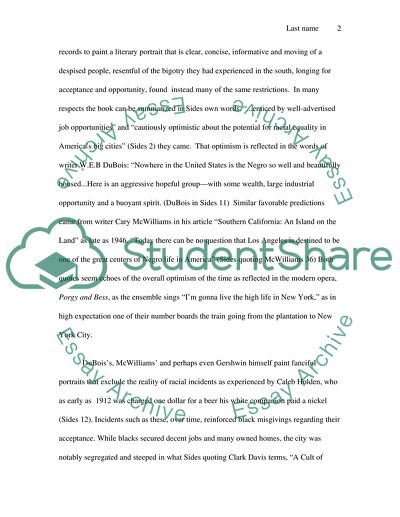Cite this document
(“African American Los Angeles from the Great Depression to Present Book Report/Review”, n.d.)
Retrieved de https://studentshare.org/history/1571950-how-book-relates-to-african-american-in-urban-environments
Retrieved de https://studentshare.org/history/1571950-how-book-relates-to-african-american-in-urban-environments
(African American Los Angeles from the Great Depression to Present Book Report/Review)
https://studentshare.org/history/1571950-how-book-relates-to-african-american-in-urban-environments.
https://studentshare.org/history/1571950-how-book-relates-to-african-american-in-urban-environments.
“African American Los Angeles from the Great Depression to Present Book Report/Review”, n.d. https://studentshare.org/history/1571950-how-book-relates-to-african-american-in-urban-environments.


